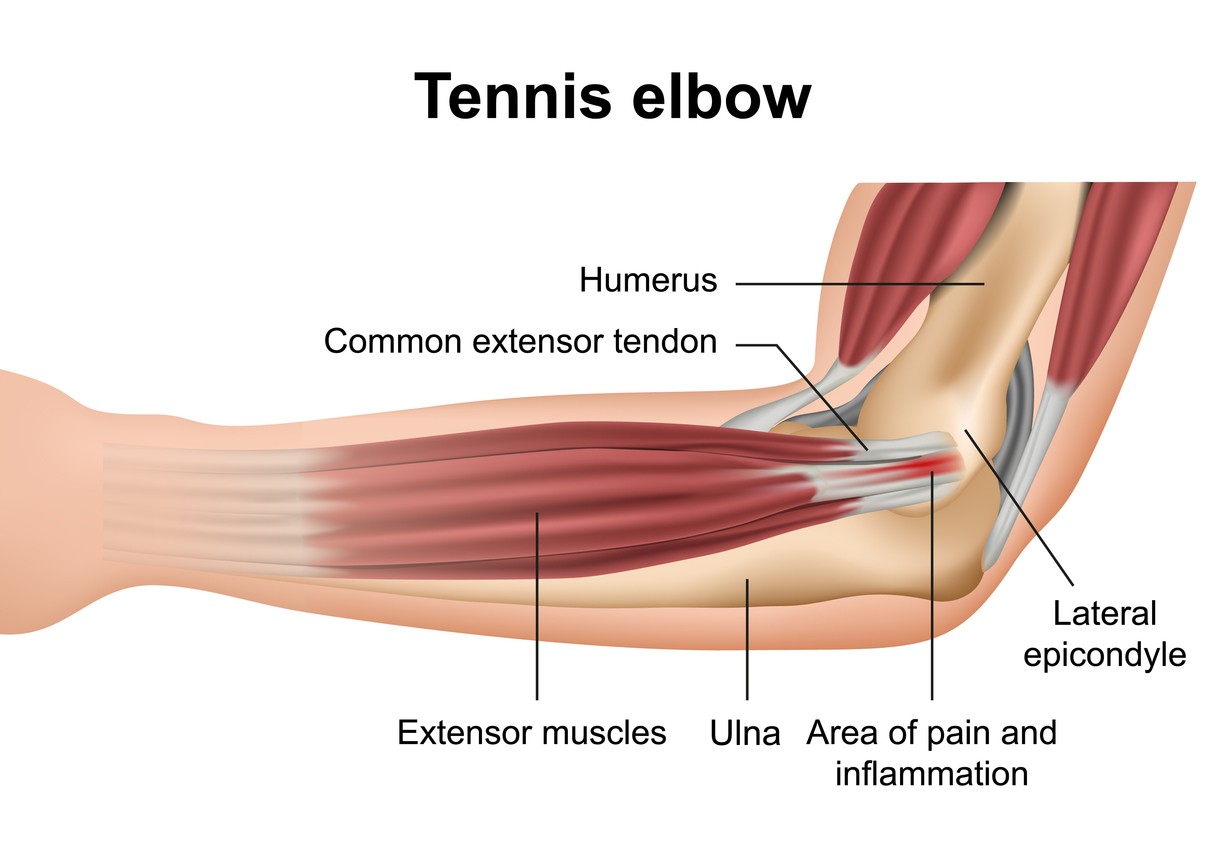Yes, a chiropractor can often be an effective part of a treatment plan for tennis elbow, clinically known as lateral epicondylitis. This condition is an overuse injury involving inflammation or micro-tearing of the tendons that join the forearm muscles on the outside of the elbow.
Chiropractic Assessment and Diagnosis
A chiropractor will typically conduct a thorough examination to diagnose tennis elbow and rule out other conditions. This assessment often includes:
- History Taking: Understanding the onset of pain, activities that aggravate it, and previous injuries.
- Physical Examination: Palpation of the affected elbow and forearm, range of motion tests, and orthopedic tests specific to tennis elbow (e.g., Cozen’s test, Mill’s test).
- Biomechanical Evaluation: Assessing the entire kinetic chain, including the wrist, shoulder, and even the cervical and thoracic spine, as dysfunction in these areas can contribute to or refer pain to the elbow.
Chiropractic Treatment Approaches for Tennis Elbow
Chiropractic care for tennis elbow focuses on reducing pain, decreasing inflammation, promoting healing, and restoring normal function. Common treatment modalities include:

- Soft Tissue Therapy:
- Myofascial Release: Techniques like Active Release Technique (ART) or Graston Technique can be used to break down scar tissue (adhesions) in the affected muscles and tendons (e.g., extensor carpi radialis brevis).
- Trigger Point Therapy: Applying pressure to specific tender points within the forearm muscles to relieve tension and pain.
- Joint Mobilization/Manipulation:
- Elbow and Wrist Adjustments: Gentle adjustments to restore proper movement and alignment of the elbow and wrist joints, which can reduce stress on the affected tendons.
- Spinal Adjustments: If nerve irritation from the neck (cervical spine) is contributing to the elbow pain or muscle dysfunction, spinal manipulation may be performed.
- Therapeutic Exercises: Prescription of specific stretching and strengthening exercises, particularly eccentric exercises for the forearm extensor muscles, which are crucial for tendon rehabilitation.
- Ergonomic and Lifestyle Advice: Guidance on modifying activities, proper lifting techniques, workplace ergonomics, or sports equipment (e.g., tennis racquet grip size or string tension) to prevent re-injury.
- Supportive Therapies:
- Kinesiology Taping: To provide support, reduce pain, and facilitate lymphatic drainage.
- Ice/Heat Therapy: To manage inflammation and pain.
Effectiveness: Many individuals find relief from tennis elbow symptoms through chiropractic care, especially when treatments address both the local elbow issue and any contributing biomechanical factors elsewhere in the body. The goal is not just symptom relief but also to address the underlying cause to prevent recurrence. It’s important to have a proper diagnosis and a tailored treatment plan.




















